With 2015 having past on moving quickly toward oblivion, and 2016 freshly knocking at our door, it is time to look back and contemplate what we have done over the course of the previous year.
Publications: +5
- “Convergence of Atomic Charges with the Size of the Enzymatic Environment.”
Danny E. P. Vanpoucke, Julianna Oláh, Frank De Proft, Veronique Van Speybroeck, and Goedele Roos, Journal of Chemical Information and Modeling 55(3), 564-571 (2015),
doi: 10.1021/ci5006417 - “Mechanical Properties from Periodic Plane Wave Quantum Mechanical codes: The Challenge of the Flexible Nanoporous MIL-47(V) Framework”
Danny E. P. Vanpoucke, Kurt Lejaeghere, Michel Waroquier Veronique Van Speybroeck, and An Ghysels, Journal of Physical Chemistry C 119(41), 23752-23766 (2015),
doi: 10.1021/acs.jpcc.5b06809 - “Fine-tuning the theoretically predicted structure of MIL-47(V) with the aid of powder X-ray diffraction”
Thomas Bogaerts, Louis Vanduyfhuys, Danny E.P. Vanpoucke, Jelle Wieme, Michel Waroquier, Pascal Van Der Voort, and Veronique Van Speybroeck, Crystal Engineering Communications 17(45), 8612-8622 (2015),
doi: 10.1039/C5CE01388G - “A Flexible Photoactive Titanium Metal-Organic Framework Based on a [TiIV3(μ3-O)(O)2(COO)6] Cluster”
Bart Bueken, Frederik Vermoortele, Danny E. P. Vanpoucke, Helge Reinsch, Chih-Chin Tsou, Pieterjan Valvekens, Trees De Baerdemaeker, Rob Ameloot, Christine E. A. Kirschhock, Veronique Van Speybroeck, James M. Mayer and Dirk De Vos, Angewandte Chemie, International Edition 54(47), 13912-13917 (2015),
doi: 10.1002/anie.201505512 - “Understanding intrinsic light absorption properties of UiO-66 frameworks: A combined theoretical and experimental study”
Kevin Hendrickx, Danny E.P. Vanpoucke, Karen Leus, Kurt Lejaeghere, Andy Van Yperen-De Deyne, Veronique Van Speybroeck, Pascal Van Der Voort, and Karen Hemelsoet, Inorganic Chemistry 54(22), 10701-10710 (2015),
doi: 10.1021/acs.inorgchem.5b01593
Journal covers:+1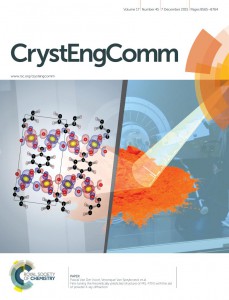
- Crystal Engineering Communications 17(45), 8565-8565 (2015)
doi: 10.1039/C5CE90198G
Completed refereeing tasks: +11
- ACS Catalysis
- Frontiers in Physics (2x)
- Journal of Physics: Condensed Matter
- Proceedings for 39th International Conference & Exposition on Advanced Ceramics & Composites
- Applied Physics Letters (2x)
- Materials Science in Semiconductor Processing
- Journal of Superconductivity and Novel Magnetism (2x)
- Surface Science
Conferences: +3 (Attended) & + 1 (Organized)
- 39th International Conference and exposition on Advanced Ceramics and Composites, Daytona Beach, Florida, United States, January 25-30th, 2015 [1 invited oral presentation + 1 contributed oral presentations]
- Belgian Physical Society Meeting, Liège, Belgium, May 13th, 2015 [poster presentation]
- Annual Scientific Meeting IAP P7/05, Hasselt, Belgium, September 11th, 2015 [poster presentation]
- Spring School on Computational Tools for Materials Science, Ghent, Belgium, April 13-17th 2015 [Organised spring school]
Master-students: +1
- Arthur De Vos : Combined theoretical-experimental study of chromium doped zinc gallate phosphor
Jury member of PhD-thesis committee: +1
- Ir. Yuanyuan Guan
Title: Development of a method to determine the solubility ranges of intermetallic compounds in metal-metal connections
PhD candidate at KU Leuven with Prof. Dr. Ir. Nele Moelans
Department of Materials Engineering
Current size of HIVE:
- 44K lines of program (code: 71 %)
- 64 files
- 40 (command line) options
Hive-STM program:
- 41 new users (making for a total of 228 users)


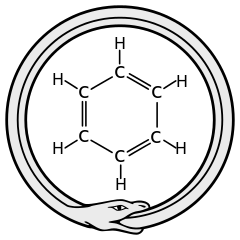
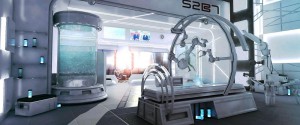 The ever faster flood of images culminates in the final slogan:”Simulate the future” with a subtext urging you to go study computational materials science. I assume that such a clip would tempt peoples imagination. It addresses our human urge to create, and holds the promise that you can do anything you want, as long as you can imagine it. In fact, your imagination becomes the only limiting factor.
The ever faster flood of images culminates in the final slogan:”Simulate the future” with a subtext urging you to go study computational materials science. I assume that such a clip would tempt peoples imagination. It addresses our human urge to create, and holds the promise that you can do anything you want, as long as you can imagine it. In fact, your imagination becomes the only limiting factor. How you should rewrite your introductory chapter differs every time. Sometimes it is clear what is going on: an essential character is missing (e.g. an
How you should rewrite your introductory chapter differs every time. Sometimes it is clear what is going on: an essential character is missing (e.g. an 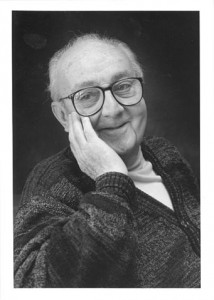

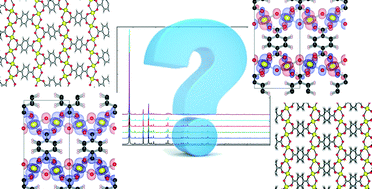
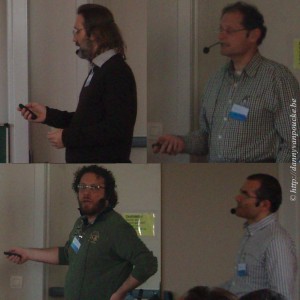
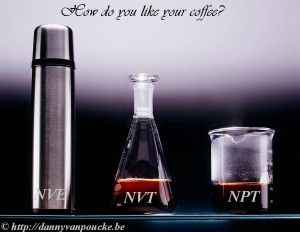
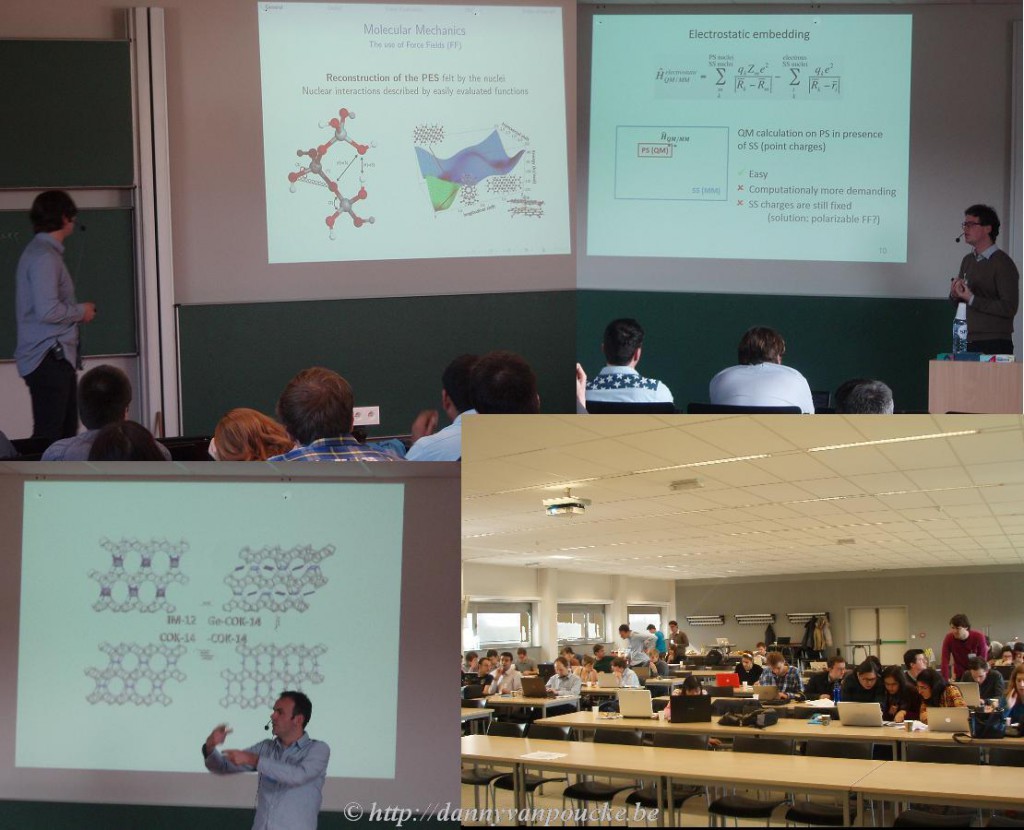

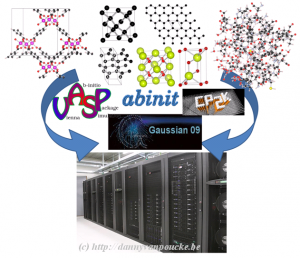


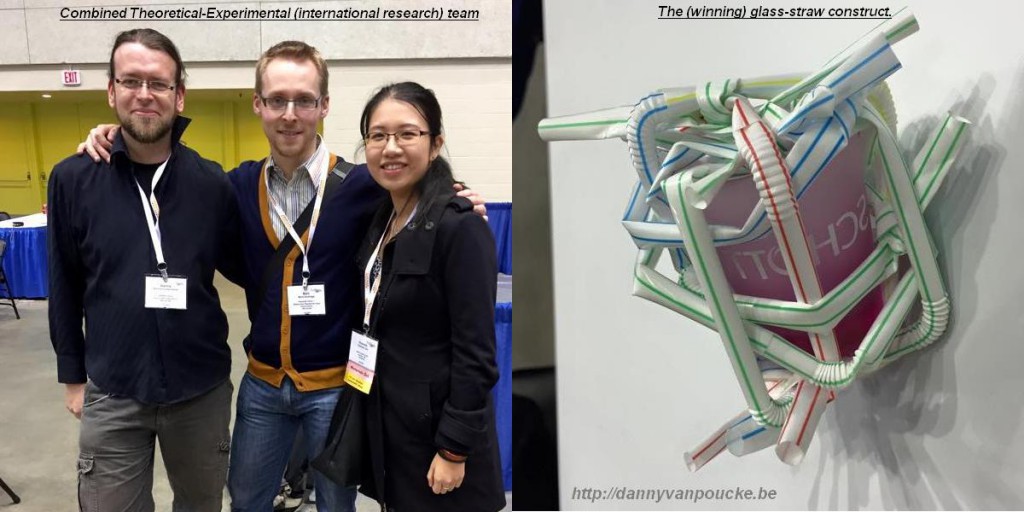
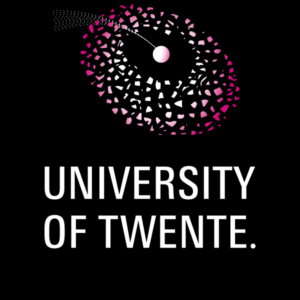
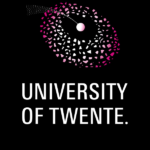 From 2005 to 2009, I worked at the
From 2005 to 2009, I worked at the 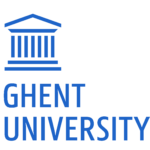 From the end of 2009 until the end of 2012, I was a member of the solid state chemistry group (
From the end of 2009 until the end of 2012, I was a member of the solid state chemistry group ( In January 2013, I started working with Prof. Veronique Van Speybroeck, at the center for molecular modeling (
In January 2013, I started working with Prof. Veronique Van Speybroeck, at the center for molecular modeling ( nature (inorganic nodes bound via organic linkers) makes them highly tunable and places them at the interface between solid-state physics and quantum chemistry. However, their beauty from the fundamental point of view is equaled by the computational expense and difficulty of performing high quality and high accuracy calculations on these systems. Since the first of March 2016,
nature (inorganic nodes bound via organic linkers) makes them highly tunable and places them at the interface between solid-state physics and quantum chemistry. However, their beauty from the fundamental point of view is equaled by the computational expense and difficulty of performing high quality and high accuracy calculations on these systems. Since the first of March 2016, From July 2019 until December 2020, I worked at the University of Maastricht on a collaborative project between the Aachen-Maastricht Institute for Biobased Materials (
From July 2019 until December 2020, I worked at the University of Maastricht on a collaborative project between the Aachen-Maastricht Institute for Biobased Materials (